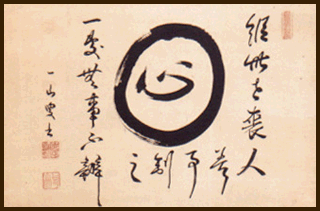YUDANSHA Book RELEASED on Lulu
From YŪDANSHA NO AN'NAISHO by YŪDANSHA NO AN'NAISHO
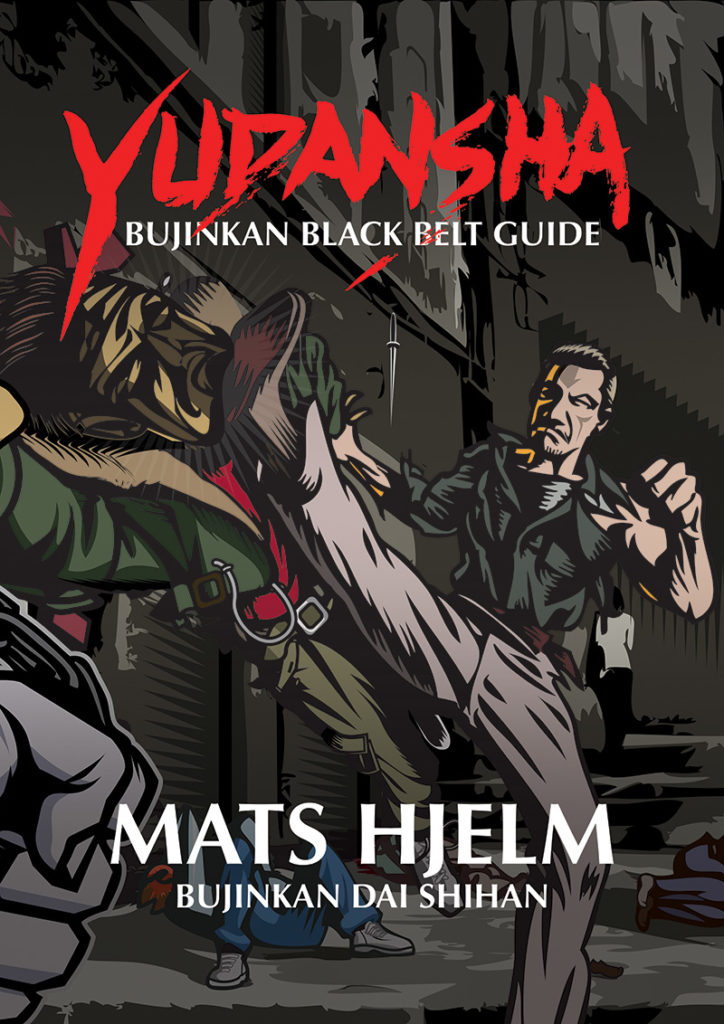 武神館有段者の案内所
武神館有段者の案内所
YUDANSHA – BUJINKAN BLACK BELT GUIDE
List Price: $27.77
Introduction Price: $22.22
You Save: $5.55 ( 20% )
Prints in 3-5 business days
English, Perfect-bound Paperback, 184 pages richly illustrated with pictures and illustrations. (32 483 Words, 145 533 Characters)
This book is a comprehensive guide to understand the Taijutsu of the Bujinkan system as taught by Masaaki Hatsumi Soke. We have this concept of Shu-Ha-Ri which is three major processes to learn Budo. First, we learn the fundamentals, then how to break them up. Then you transcend to a state where you are totally free without even thinking of what you are doing. Needless to say, you can’t get to the last stage without knowing the first stage well. It is said that you should study each level for at least 10 years. This book is all about the first stage we call Shu. It is further divided into three levels.
- 天略の巻 TEN RYAKU NO MAKI (The scroll of Heaven)
- 地略の巻 CHI RYAKU NO MAKI (The scroll of Earth)
- 人略の巻 JIN RYAKU NO MAKI (The scroll of Man)
About the Author: Mats have been training Bujinkan Budo-taijutsu since the early 1980’s. He travelled all around the world to train and teach Bujinkan Budo-taijutsu. http://YudanshaBook.com
Print details: 8.26″ x 11.69″ (EU Standard A4), perfect binding, white interior paper (60# weight), black and white interior ink, white exterior paper (90# weight), full-color exterior ink.…

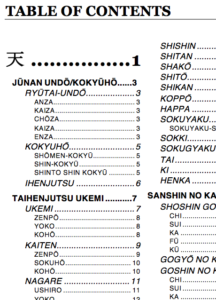
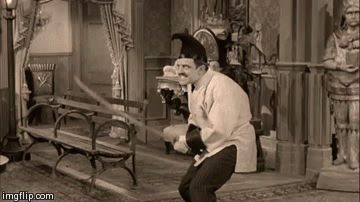

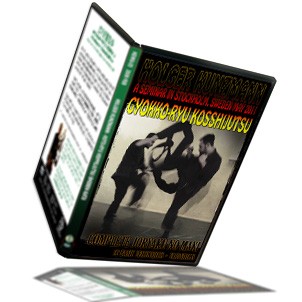
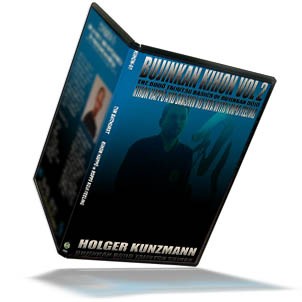

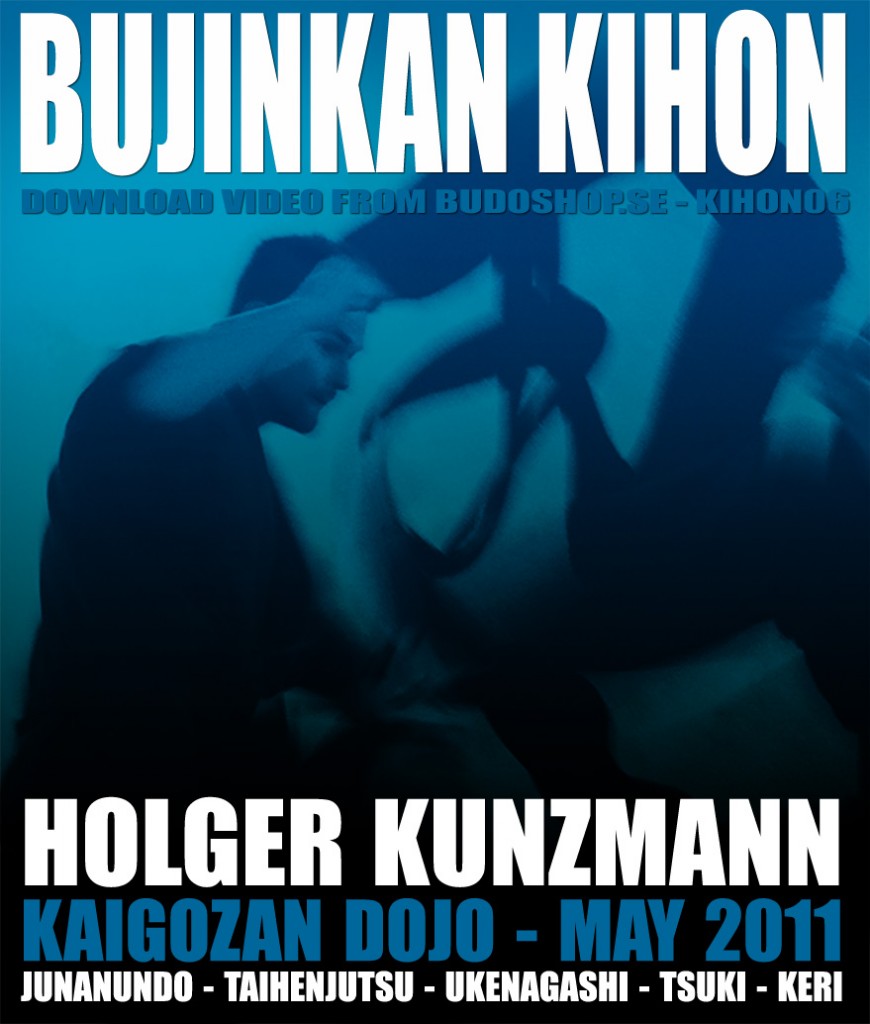

 På lördag gick Holger igenom grunder så som till exempel korrekt positionering, blockeringar, slag och sparkar. Han visade riktigt bra träningsdrillar som jag definitivt kommer att ta till mig och fortsätta köra i vår dojo. Grunder är oerhört viktiga, behärskar man inte grunderna ordentligt blir det inte så mycket av kata-teknikerna heller. Varje katateknik består av ett flertal kombinationer av grundtekniker, kan man dessa bra så är det bara att lägga ihop varje delmoment tills man har själva katatekniken.
På lördag gick Holger igenom grunder så som till exempel korrekt positionering, blockeringar, slag och sparkar. Han visade riktigt bra träningsdrillar som jag definitivt kommer att ta till mig och fortsätta köra i vår dojo. Grunder är oerhört viktiga, behärskar man inte grunderna ordentligt blir det inte så mycket av kata-teknikerna heller. Varje katateknik består av ett flertal kombinationer av grundtekniker, kan man dessa bra så är det bara att lägga ihop varje delmoment tills man har själva katatekniken. Sättet Holger lär ut på är distinkt, effektivt och realistiskt. Man ser tydligt hur farliga teknikerna är i verkligheten (om man inte håller igen i träningen). Bitvis såg det riktigt läskigt ut och man tittade ofta på Uke om det var okej efter att ha blivit kastad ganska våldsamt. Som tur är Holger väldigt skicklig och vet exakt var gränsen går och ser till att ingen blir skadad i träningen.
Sättet Holger lär ut på är distinkt, effektivt och realistiskt. Man ser tydligt hur farliga teknikerna är i verkligheten (om man inte håller igen i träningen). Bitvis såg det riktigt läskigt ut och man tittade ofta på Uke om det var okej efter att ha blivit kastad ganska våldsamt. Som tur är Holger väldigt skicklig och vet exakt var gränsen går och ser till att ingen blir skadad i träningen. Mycket inspirerande, det var länge sedan jag lärde mig så mycket nyttigt på ett läger! Fler skulle verkligen ha behövt vara där. Men jag antar att det var en helg som många valde att göra annat; det får man bara acceptera. Hoppas hur som helst att det kan bli fler tillfällen för honom att komma hit.
Mycket inspirerande, det var länge sedan jag lärde mig så mycket nyttigt på ett läger! Fler skulle verkligen ha behövt vara där. Men jag antar att det var en helg som många valde att göra annat; det får man bara acceptera. Hoppas hur som helst att det kan bli fler tillfällen för honom att komma hit.